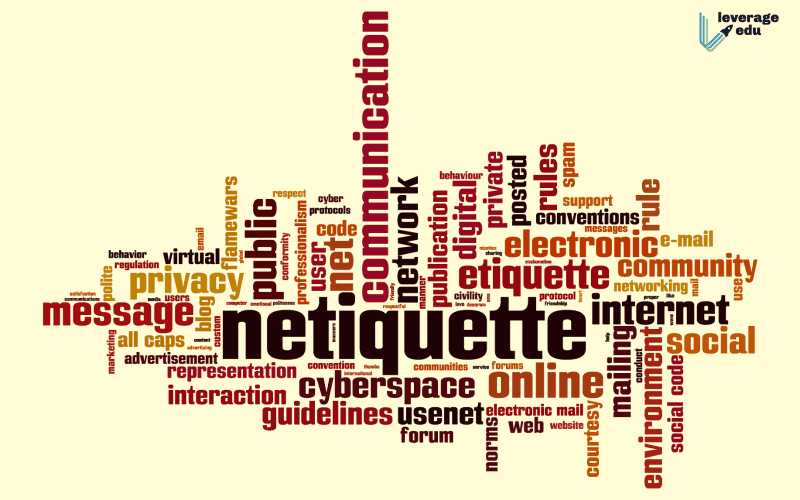- The rules of etiquette in internet communications and postings are called
- Rules of meeting etiquette
Rules of email etiquette
While the U.S. Flag Code is technically federal law, there is no penalty for violating any of its provisions. In fact, there are currently no penalties for even an act like physically desecrating the flag slot empire. So, if you accidentally leave your flag out overnight you’re not risking arrest! According to the code, it is customary to fly the Stars and Stripes from sunrise to sunset, but you can fly your flag at night if it’s “properly illuminated during the hours of darkness.” (The American Legion interprets proper illumination as a light specifically dedicated to illuminating the flag.)
To start, do you know how many stars and stripes are on the American flag? The U.S. flag has 50 white stars on a blue field to represent the 50 states while the 13 alternating red and white stripes represent the 13 original colonies, according to USA GOV. Additionally, Public Law 94-344, also known as the Federal Flag Code, contains rules for handling and displaying the flag. That way, you’re showing respect for our country and the freedoms so many have fought for.
As long as you’re displaying the American flag respectfully, safely, and within reason, the law is on your side — even if your HOA isn’t thrilled about it. The stars and stripes belong to all of us, and your right to fly them is protected.
The rules of etiquette in internet communications and postings are called
Think of the person behind the computer when you compose your messages. You are not communicating with a machine, but with real people. Also, consider what and how you write. Because the internet doesn’t forget anything! A screenshot or a copy of your messages is quickly made and still exists even if you delete your messages afterward.
If you have questions, try to seek out an answer yourself first. This will show your peers that you’re willing to do some of the research yourself. It will also help you narrow down your inquiry and ask a more specific question.
“Most schools allow students to have cell phones for safety purposes”—a reaction to the Columbine High School massacre (Lipscomb 2007: 50). Apart from emergency situations, most schools don’t officially allow students to use cell phones during class time.
Now, as newer modes of communication become increasingly common, apps such as Snapchat are growing to develop platform-specific rules and etiquette. Snapchat lets a user send pictures or videos that disappear after several seconds. Although it is entirely possible to make use of Snapchat for the purpose of sexting, namely sending nude and erotic photos, originally compared to Instagram by way of the app’s ability to broadcast pictures to many people, it has now become standard to communicate through Snapchat by sending pictures back and forth and using the caption bar for messages. The reply option on Snapchat specifically promotes this behavior, but Snapchat etiquette is not set in stone. Some people use Snapchat specifically for the purpose of communication, while some use it to simply provide a visual update of their day. The newest update to Snapchat, an instant messaging add-on, seems to be catered to those who use the app to send messages back and forth.
The golden rule of netiquette boils down to one basic guideline: Do not do or say online what you would not do or say offline. Before posting a comment, status update, or image, ask yourself if you would feel comfortable sharing the same thing face-to-face. If not, don’t post it.
Similarly, you should explain to your child that they should not add strangers as friends on social media such as Facebook or Instagram. Your child should also not simply open emails and other messages and download attachments. In doing so, your child could accidentally download a Trojan or other malware.

Rules of meeting etiquette
While being the one dominating the conversation without giving time to others to respond and talk is frustrating, being silent is even worse because it can show that you are uninterested in the discussion.
Are you constantly shooting down ideas? Do you cut others off before they’ve been able to share their thoughts? Do you downplay concerns that team members raise? If so, try changing your approach to be more patient, affirming, and open toward diverse viewpoints.
If you’re the host, follow this simple bit of conference room etiquette to help alleviate these uncomfortable moments for everyone involved: Don’t dive straight into work matters. Start some light conversation and encourage people to share about life as they would in person. Helping the team develop relationships will create a positive work environment and foster better collaboration — no matter how much physical distance separates them.
Your meeting room has more of an impact on your meeting than you’d think. While giving everyone elbow space is a great start, in today’s hybrid work environment, the right technology is what truly bridges the gap between in-person and remote colleagues. To be respectful of your team and their time, you must ensure those calling in can see and hear just as clearly as those in the room.
To make your meetings and conference calls as effective as possible, your team must be aligned on expectations. Below, we’ll cover some of the most important rules for meeting manners and etiquette, whether you’re running virtual, in-person, or hybrid meetings.
